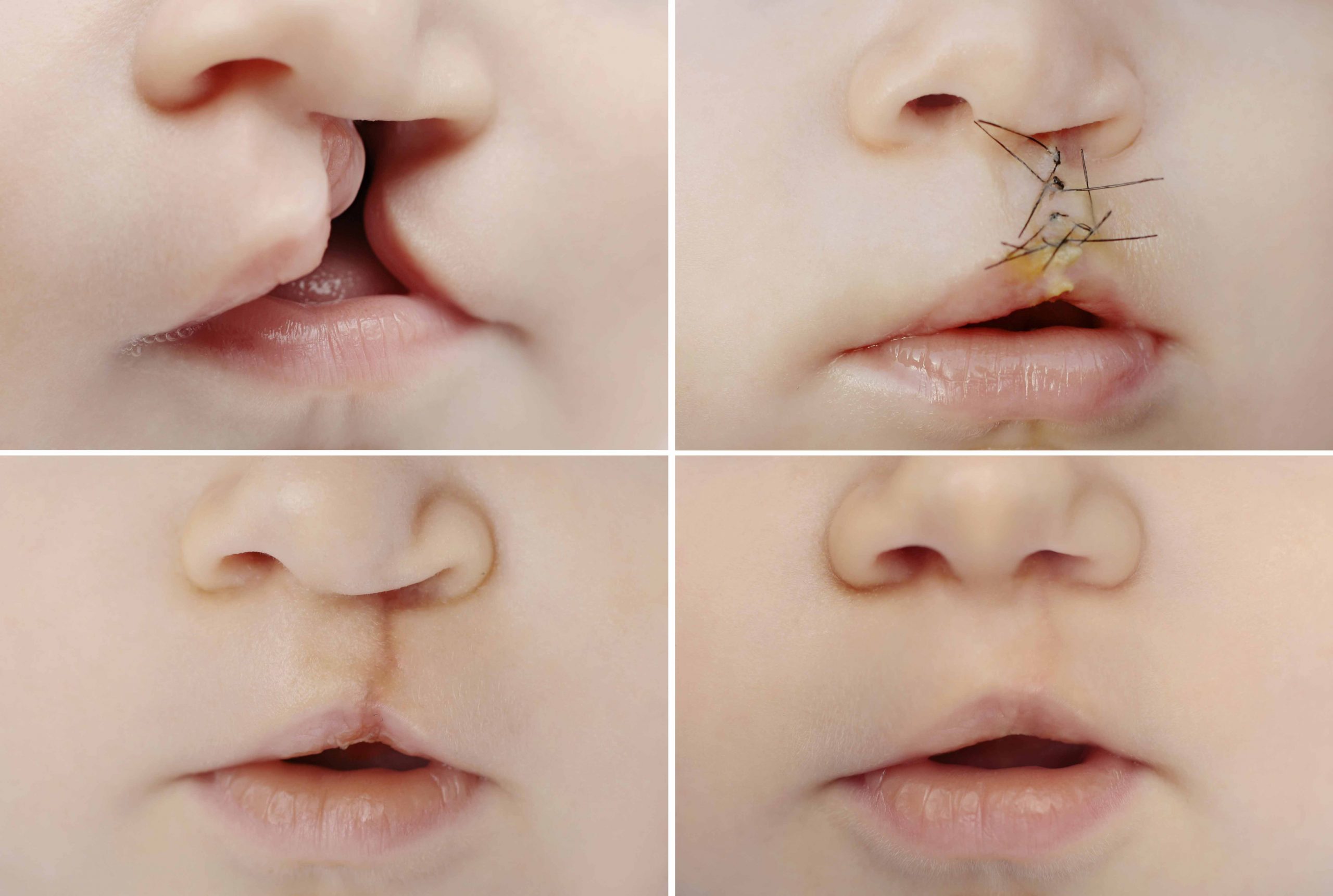Congenital Anomalies
Introduction
Most babies are born healthy, but there are a few born with a certain birth defect. These defects are called Congenital Anomalies.
Image Source
Congenital anomalies are conditions that deviate from the standard structure or function of a body due to genetic or environmental factors. Though congenital anomalies are present from birth, a few congenital defects can only be identified after the child grows up.
In India, congenital anomalies affect about 1.7 million people every year. Some congenital defects do not have anything to do with the physical appearance of the body like the Down’s Syndrome and Cerebral Palsy. However, most birth defects restrict the normal movements or have an effect on how the child looks physically. Such congenital anomalies are best treated with plastic surgeries to help such people to lead a normal life.
Some of the Common Congenital Anomalies
Plastic surgery can treat most of the congenital anomalies related to physical appearance. Some of the congenital anomalies are life-threatening, which requires immediate surgery to avoid fatal recuperations. The surgeons perform reconstructive surgery in collaboration with other specialists to correct the functionalities and appearance.
Here are some of the common congenital anomalies that plastic surgeons can restore.
• Facial clefts
• Duplicated thumbs
• Radial club hand
• Cleft hand
• Cleft lip and palate
• Amelia
• Ear deformations or malformations
• Brachydactyly
• Orbital dysplasia
• Congenital nasal pyriform aperture stenosis
• Congenital breast reconstruction
• Tuberous breast deformity
• Microphthalmia
• Constriction ring syndrome
• Hypospadias
• Maxillofacial dysplasia
The Main Causes of Congenital Anomalies
There are several causes of congenital anomalies, but there is no established research to point out a single reason for a particular congenital anomaly. A good majority of the factors that cause birth defects are genetic abnormalities and environmental conditions.
• Abnormalities in Chromosomes
As a rule, the twenty-three chromosomes from each parent combine to form a baby with forty-six chromosomes. If there are any deviations in the chromosomal structure of the baby, then the baby is prone to have defects. For instance, if there are less than forty-six chromosomes or if the same chromosome occurs twice, then the child will have physical and health issues.
• Genetic Abnormalities
If one or both the parents have a defective gene, then there is a good chance that the defective gene will be passed on to the baby.
• Issues During Pregnancy
There are several ways in which a baby will develop a defect before it is born due to the illness of the mother.



• Environmental Factors
If the pregnant woman is living near a place with radiation exposure or a waste dump, landfill or mines, it can adversely affect the fetus. Sometimes, the woman may not realize she is pregnant in the first few weeks and consumes drugs that can result in fetal damage. This damage could lead to the baby born with one or more congenital anomalies.
The Treatment Options for Congenital Anomalies
Once the baby is born, the doctor performs neonatal testing, which checks the baby for hearing issues, vision abnormalities, heart conditions, metabolism factors and hormone disorders. It is best to identify and treat the congenital anomalies; else some of these defects can start creating more health issues.

In case of the physical anomalies like cleft lip, cleft hand or breast deformity, the surgeon will perform reconstructive surgery. Most plastic surgeons perform the surgery for congenital anomalies after consulting the required specialists.
The surgeon makes an incision on the affected area, correct the position accordingly and remove the unwanted muscles. The surgeon stitches the incision together in such a way that it looks natural and doesn’t hinder regular motions. Most incisions will fade away as the time passes and the child will look completely normal.
Returning to Normal Life After Surgery
Usually, after the reconstructive surgery, the child may require some help to do the standard functions. For example, after cleft lip surgery, the child requires speech training to start speaking normally, or a child operated for a club hand needs training and practice to begin using their hand to its fullest capacity.
Even adults who have congenital anomalies can go for such plastic surgeries after consulting the proper specialists. These surgeries make a difference in the quality of their lives by removing their physical limitations.
